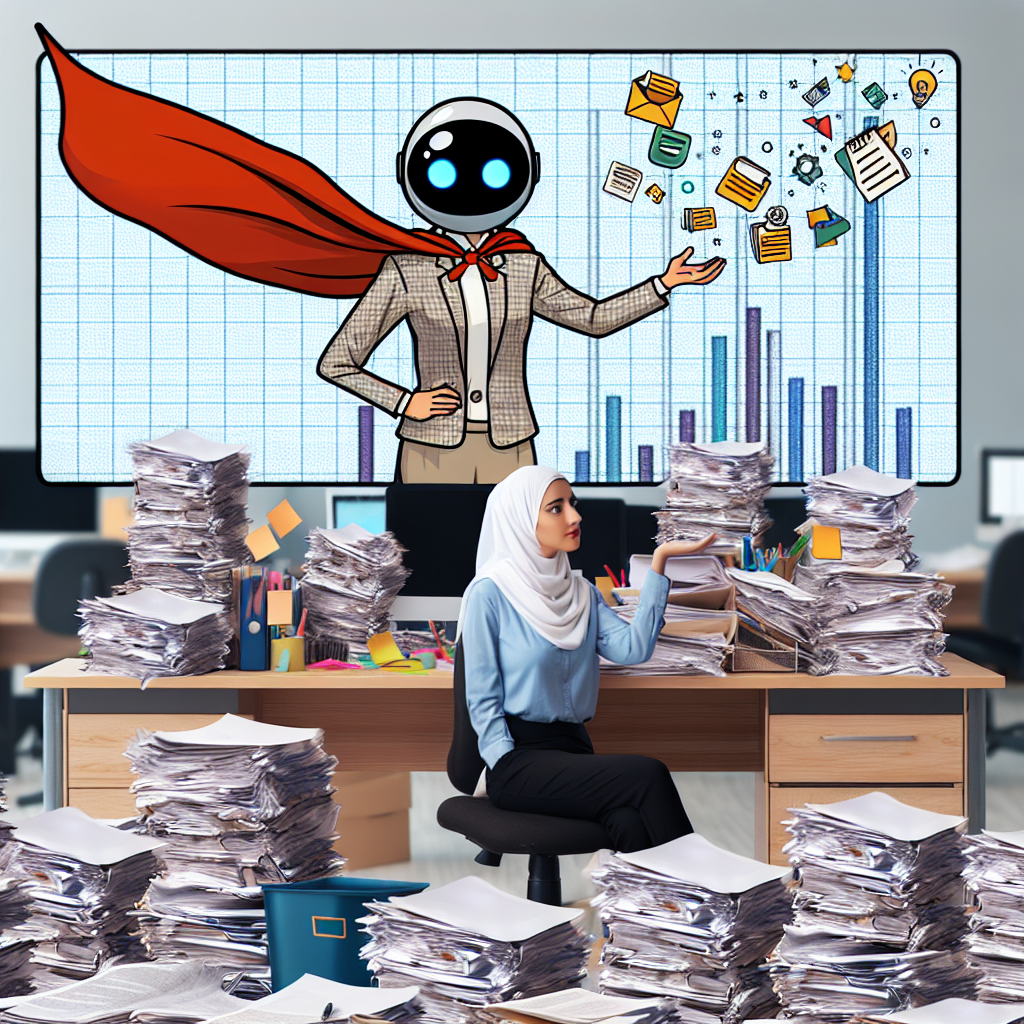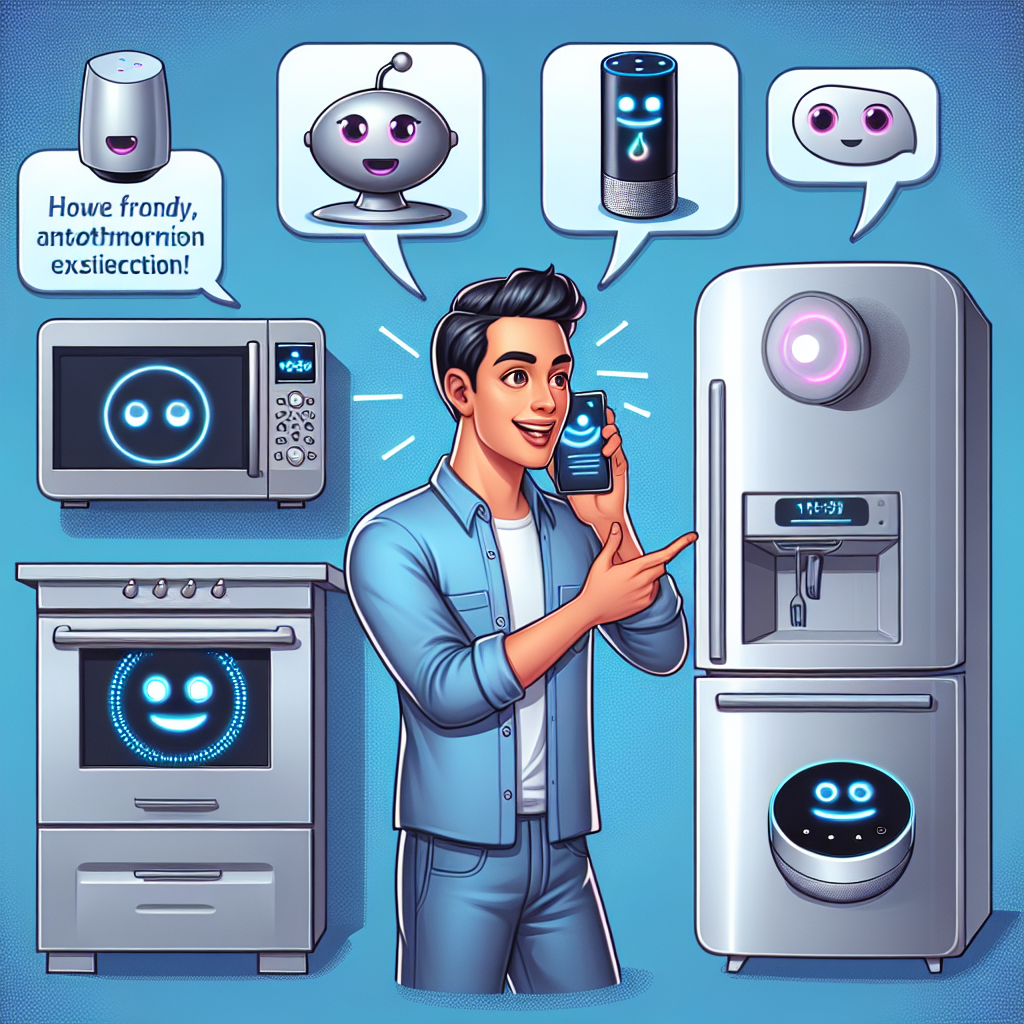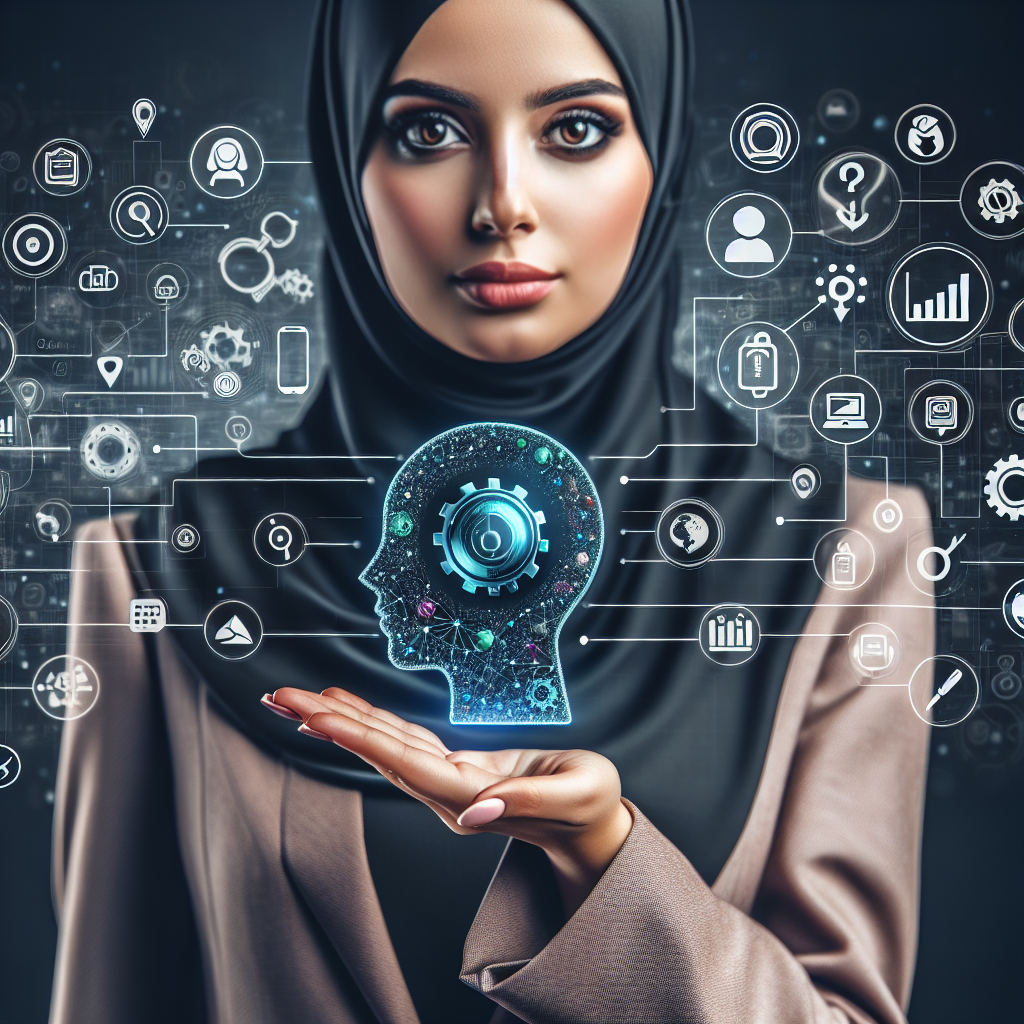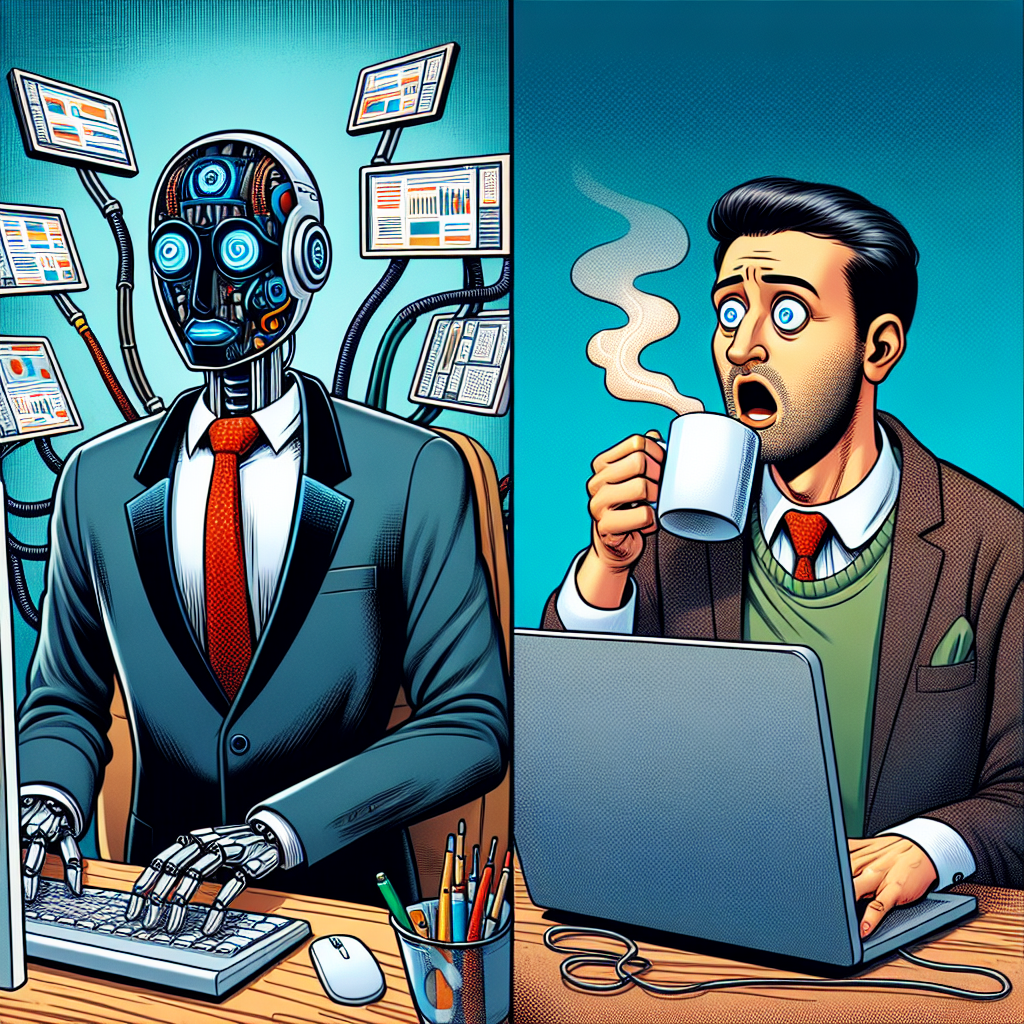Picture this: little Timmy walks into class, beaming with pride as he hands in his homework. His teacher, Mrs. Johnson, starts reading it aloud, impressed by the eloquent prose and deep insights. Suddenly, she pauses, her brow furrowing. “Timmy,” she asks, “what’s a ‘quantum fluctuation in the space-time continuum’?” Timmy shrugs, “I don’t know, Mrs. Johnson. I just asked the AI to make my essay sound smarter!”
The Brave New World of AI in Education
Welcome to the brave new world of AI in education, folks! It’s a place where robots might be learning more than our kids, and teachers are left wondering if they’re educating the next generation of geniuses or just really advanced chatbots. As artificial intelligence creeps into our classrooms faster than you can say “Siri, what’s the capital of Burkina Faso?”, we’re all left scratching our heads. Are we teaching kids or robots? And more importantly, which one is more likely to do their homework without complaining?
Revolutionizing Teaching and Learning with AI
As AI continues to make its way into our classrooms, it’s not just about fancy gadgets and talking robots – it’s revolutionizing the way we teach and learn. Gone are the days when the most high-tech thing in a classroom was a projector that worked half the time. Now, we’ve got AI tools that can do everything from grading papers to teaching complex concepts, leaving teachers more time to do what they do best: drink coffee and wonder why they didn’t become accountants instead.
But jokes aside, the integration of AI technologies in education is truly empowering educators and enhancing learning outcomes in ways we never thought possible. ### Personal AI Tutors: A New Era in Education
Imagine a world where every student has their own personal AI tutor, available 24/7, never getting tired or losing patience. It’s like having a super-smart, never-sleeping teaching assistant for every kid. No more “the dog ate my homework” excuses – now it’s “the AI ate my homework,” which, let’s face it, sounds way cooler.
Interactive Learning Experiences through Generative AI
Generative AI tools are fostering interactive learning experiences that make traditional textbooks look as exciting as watching paint dry. These tools can create customized quizzes, exercises, and simulations that adapt to each student’s learning style faster than you can say “pop quiz.” It’s like having a shape-shifting textbook that transforms into exactly what each student needs. Who knew learning could be this fun? Well, apart from that one kid who always loved math class, but we don’t talk about them.
Improving Educational Processes
But it’s not just about making learning more entertaining than a cat video marathon. AI is also improving educational processes behind the scenes. From analyzing student performance data to predicting which students might need extra help, AI is like the superhero sidekick every teacher wishes they had. It’s crunching numbers and spotting patterns faster than you can say “grade curve,” giving teachers insights that would have taken weeks of late-night grading sessions to figure out.
Real-World Problem Solving with AI
One of the coolest things about AI in education is how it encourages students to solve real-world problems using technology. Gone are the days when the most practical application of classroom learning was figuring out how many apples Sally had left after giving some to Bob (seriously, Bob, get your own apples). Now, students are using AI to tackle complex issues like climate change, healthcare, and why pineapple on pizza is so controversial. It’s making learning more engaging and relevant than ever before.
The Future Classroom: A Blend of Technology and Human Creativity
So, while we might joke about teaching robots instead of kids, the truth is that AI is creating a new kind of classroom – one where technology and human creativity work together to create learning experiences that are out of this world. And who knows? Maybe one day, we’ll have AI teachers that can finally explain why the mitochondria is the powerhouse of the cell in a way that actually makes sense. Until then, we’ll keep embracing the AI revolution in our classrooms, one hilariously misunderstood homework assignment at a time.
The Vision of Zygote.AI for Education
Now, let’s dive into the future of education with a little help from our friends at Zygote.AI. These folks have a vision that’s more exciting than finding an extra french fry at the bottom of your takeout bag. They’re not just dreaming about AI in classrooms; they’re cooking up a whole buffet of AI-powered possibilities.
Low-Code Platforms for Easy AI Integration
Imagine a world where creating an AI tool for your classroom is as easy as making a meme. That’s Zygote.AI’s jam. They’ve whipped up this low-code platform that lets anyone — yes, even that teacher who still uses a flip phone — create AI applications without needing to know their Python from their Java. It’s like giving everyone a magic wand to conjure up their own AI sidekick. Watch out, Hogwarts!
Transforming Lessons with Zygote.AI
With Zygote.AI’s philosophy, we’re not just talking about sprinkling a bit of AI into our lesson plans. We’re talking about a full-on educational revolution. Picture this: a classroom where every student has their own AI tutor, tailored to their learning style, available 24/7. It’s like having a super-smart, never-sleeping, infinitely patient teaching assistant for every kid. No more “the dog ate my homework” excuses — now it’s “my AI ate my homework,” which, let’s face it, sounds way cooler.
But here’s where it gets really wild. Zygote.AI is all about creating fully automated workflows. They’ve already got systems that can pick topics, write content, draw pictures, check work, and even promote articles – all by themselves! It’s like having a whole team of invisible helpers, but without the creepy ghostly vibe.
Now, let’s fast forward to the classroom of tomorrow. Picture this: you walk in, and instead of a teacher, there’s a holographic AI at the front of the class. It’s teaching quantum physics while simultaneously grading yesterday’s pop quiz, planning next week’s field trip, and composing a sick beat for the school’s new anthem. Meanwhile, student AIs are debating the finer points of Shakespeare in the corner, while robot arms are conducting a chemistry experiment that would make Walter White jealous.
Balancing AI and Human Touch in Education
Okay, okay, maybe we’re getting a little carried away. But the point is, with tools like Zygote.AI’s platform, the possibilities are endless. We’re not just teaching kids or robots anymore – we’re creating an educational ecosystem where humans and AI work together, learn together, and probably share a few laughs along the way.
But don’t worry, we’re not going to completely hand over the reins to our robot overlords just yet. The key is balance. We need to harness the power of AI to enhance education, not replace the human touch. After all, who else is going to appreciate those terrible science puns or dad jokes that teachers love so much?
In the end, whether we’re teaching kids, robots, or some futuristic hybrid of the two, one thing’s for sure: the classroom of tomorrow is going to be one wild ride. So buckle up, grab your AI assistant, and let’s get learning! Who knows? Maybe one day, we’ll have an AI that can finally explain why the chicken really crossed the road. Now that would be true intelligence!









